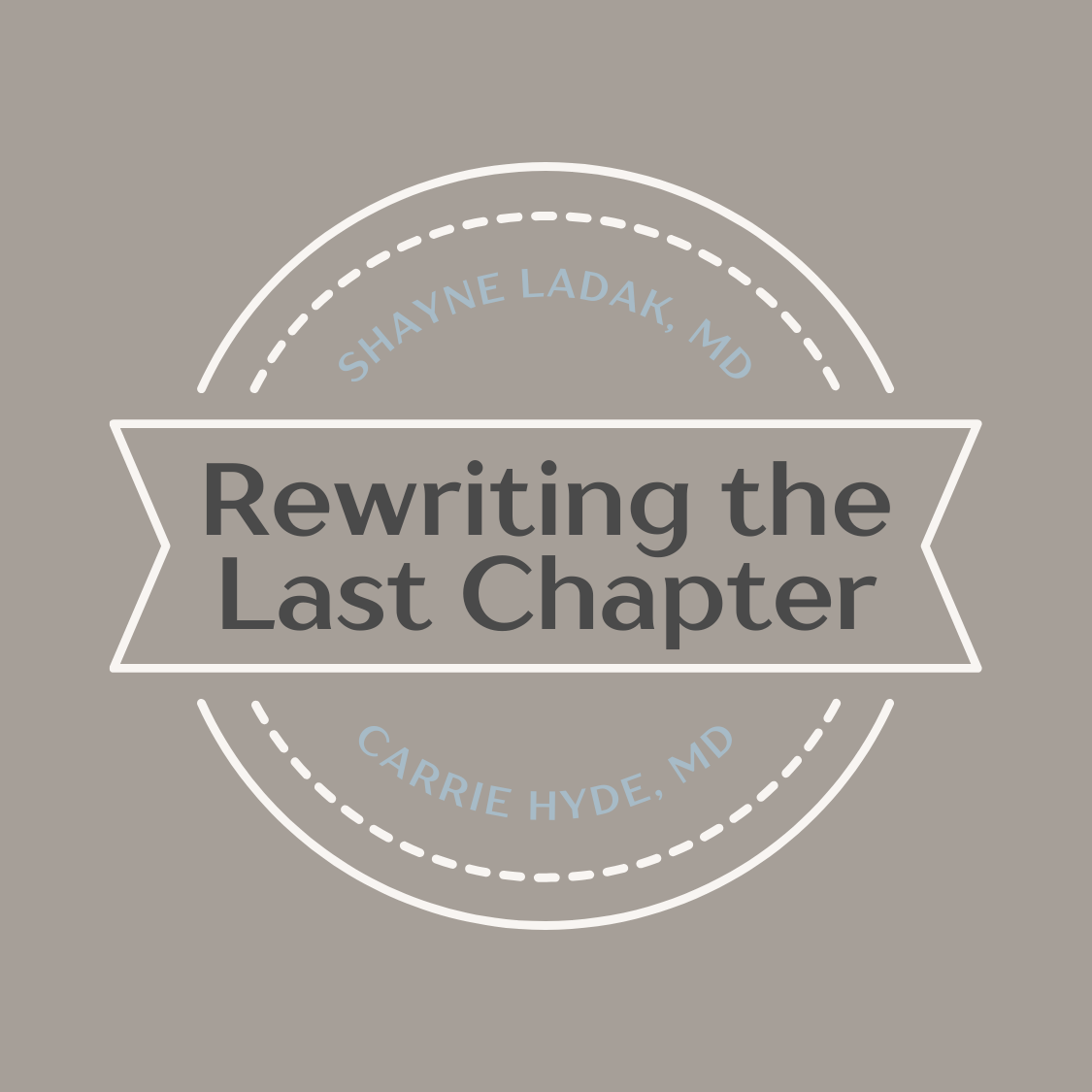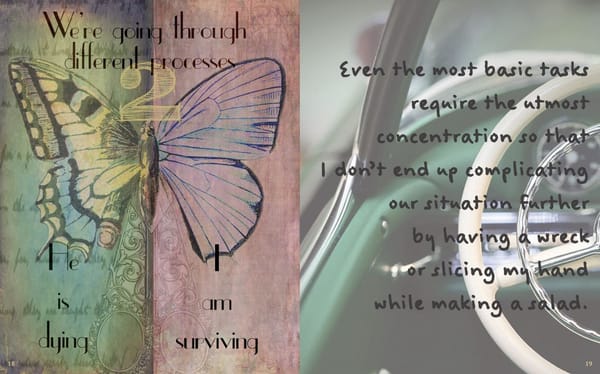Kennedy Ulcers: A Clinical Guide for Hospice and Palliative Nurses

As frontline caregivers, hospice and palliative nurses often witness the body’s most profound transitions. One such transition is the sudden appearance of a Kennedy ulcer—a skin lesion that frequently serves as a visible marker of terminal decline. These ulcers, often misunderstood, carry clinical, emotional, and ethical significance. For nurses, understanding Kennedy ulcers allows for better symptom management, more accurate documentation, and compassionate family communication during the final stage of life.
What Is a Kennedy Ulcer?
A Kennedy ulcer is a type of pressure-related skin injury that occurs rapidly—often over the course of hours to days—and is closely associated with the dying process. First described by Karen Lou Kennedy in 1983, these ulcers usually present in the sacral, coccygeal, or buttock region, though they can occasionally appear elsewhere. They often take on irregular, pear-shaped, butterfly, or horseshoe forms, and may initially appear red, purple, maroon, or black. Unlike typical pressure ulcers, which develop gradually due to sustained pressure over bony prominences, Kennedy ulcers often appear suddenly and progress rapidly, despite appropriate repositioning and skincare.
Kennedy ulcers are now understood as part of a broader framework called Skin Changes At Life’s End (SCALE). This term refers to skin breakdown that results from multi-organ failure, hypoperfusion, and tissue death, not from poor care. The skin, like other organs, can “fail” as part of the systemic shutdown at the end of life.
Case Vignette: A Sudden Change
Mrs. L, an 87-year-old woman with end-stage congestive heart failure and advanced vascular dementia, was admitted to home hospice after multiple hospitalizations for fluid overload and poor oral intake. She had been mostly bedbound for several weeks, dependent for all ADLs, and exhibited signs of systemic decline, including increasing lethargy and mottled extremities.
On the fifth day of hospice care, the hospice RN noted a newly developed, pear-shaped, purplish-black area on the sacrum measuring approximately 5x7 cm. The skin was intact but discolored. Within 48 hours, the lesion had progressed to full-thickness necrosis with undermined edges.
The RN, recognizing the lesion as a likely Kennedy ulcer, documented it as “sudden-onset skin breakdown consistent with terminal skin failure (Kennedy ulcer), occurring despite appropriate repositioning and palliative skin care interventions.” She gently educated the family, explaining that the wound was not preventable, but rather a marker of the body’s decline, and a sign that death was approaching. Mrs. L passed peacefully two days later.
Why Nurses Must Know About Kennedy Ulcers
For hospice nurses, the appearance of a Kennedy ulcer often signals that the patient is transitioning into the actively dying phase. This is a crucial opportunity to:
- Reassess the care plan, shifting more deliberately toward intensive comfort measures
- Educate families about the meaning of the ulcer and its inevitability
- Document accurately to protect both the care team and the hospice agency
- Refocus wound care goals from healing to comfort and dignity
Kennedy ulcers are not reportable quality indicators like preventable Stage III or IV pressure injuries. Still, documentation should clearly reflect that the wound is unavoidable and consistent with the dying process. Suggested documentation terms include:
Skin change consistent with Kennedy terminal ulcer,””
“Unavoidable skin breakdown due to multi-organ failure,” or
“Part of the natural dying process (SCALE).”
Management: Comfort First
Nursing management of Kennedy ulcers should emphasize symptom control and dignified care, not curative or aggressive wound treatment. Key nursing interventions include:
- Using non-adherent, moisture-balanced dressings to reduce pain
- Avoiding unnecessary dressing changes that may disrupt fragile skin
- Applying topical analgesics as needed for discomfort
- Coordinating with the hospice team for family support and anticipatory guidance
Repositioning should continue as tolerated, but the priority shifts to patient comfort rather than pressure prevention alone. The presence of the ulcer often justifies reevaluating bed surfaces, medication needs, and psychosocial support.
Talking with Families
Kennedy ulcers can be distressing for family members—especially when they develop quickly after enrollment. Families may express fear, guilt, or suspicion, asking “Did we do something wrong?” or “Why did this happen so fast?”
Hospice nurses are in a unique position to reframe the narrative. Suggested language includes:
“This wound is not a sign that anyone did anything wrong. It’s actually a reflection of the body’s natural shutdown as it prepares for the end of life.”
“Even with excellent care, the body can’t always maintain skin integrity. This happens in some patients when circulation slows and organs begin to shut down.”
Helping families understand that Kennedy ulcers are part of the dying process—not a result of neglect—can provide comfort, alleviate blame, and reinforce the value of hospice’s supportive role.
Final Thoughts
Kennedy ulcers remind us that not all wounds are meant to heal, and that sometimes, the body speaks in visible ways to signal that it is nearing the end. For hospice nurses, these wounds offer a critical opportunity to reaffirm our commitment to compassionate, whole-person care. By recognizing Kennedy ulcers for what they are—markers of terminal decline—we can ease suffering, support families, and uphold the dignity of the dying process.
References
Langemo, D.K. and Brown, G., 2006. Skin fails too: acute, chronic, and end-stage skin failure. Advances in skin & wound care, 19(4), pp.206-212.
Kennedy, K.L., 1989. The prevalence of pressure ulcers in an intermediate care facility. Advances in Skin & Wound Care, 2(2), pp.44-47.
Latimer, S., Shaw, J., Hunt, T., Mackrell, K. and Gillespie, B.M., 2019. Kennedy terminal ulcers: a scoping review. Journal of Hospice & Palliative Nursing, 21(4), pp.257-263.
Roca-Biosca, A., Rubio-Rico, L., De molina-Fernández, M.I., Martinez-Castillo, J.F., Pancorbo-Hidalgo, P.L. and García-Fernández, F.P., 2021. Kennedy terminal ulcer and other skin wounds at the end of life: an integrative review. Journal of tissue viability, 30(2), pp.178-182.
Yastrub, D.J., 2010. Pressure or pathology: distinguishing pressure ulcers from the Kennedy terminal ulcer. Journal of Wound Ostomy & Continence Nursing, 37(3), pp.249-250.
Sibbald, R.G., Krasner, D.L. and Lutz, J., 2010. SCALE: Skin Changes at Life's End: Final Consensus Statement: October 1, 2009:©. Advances in skin & wound care, 23(5), pp.225-236.





